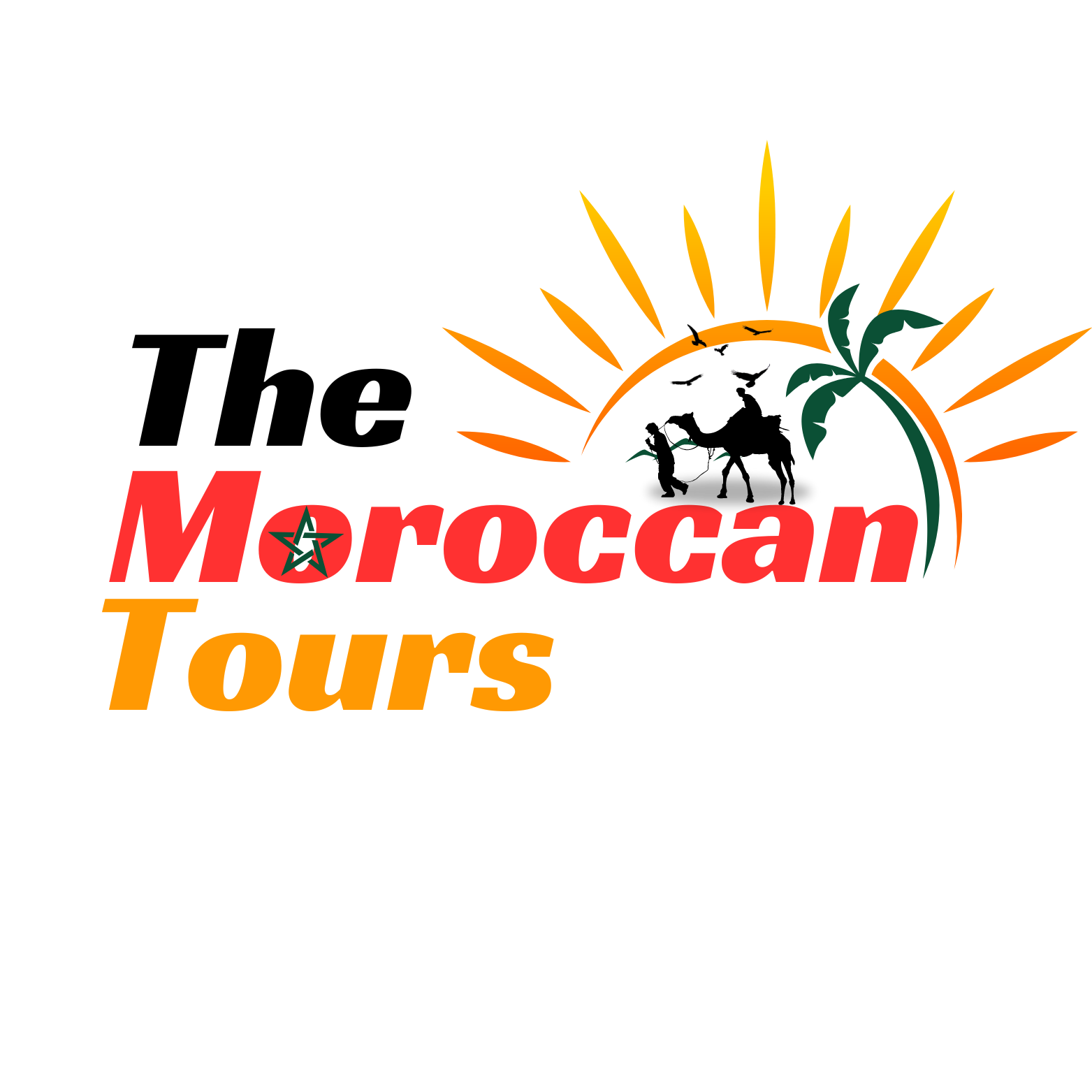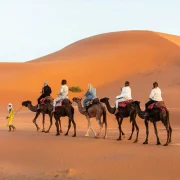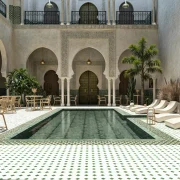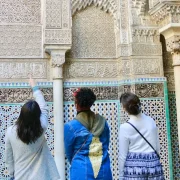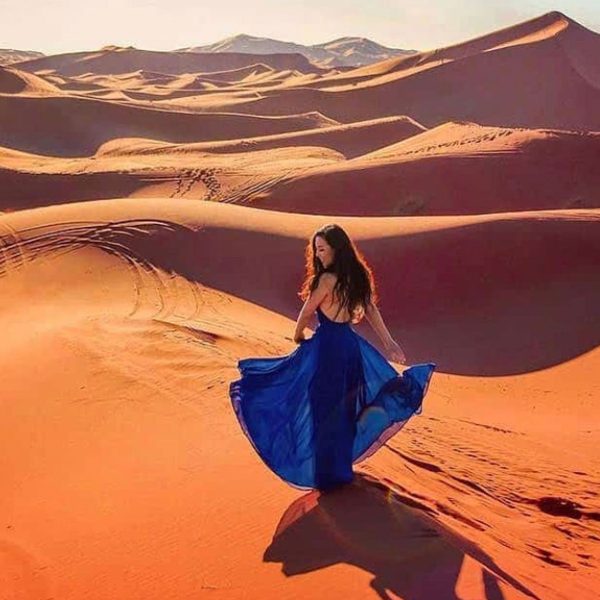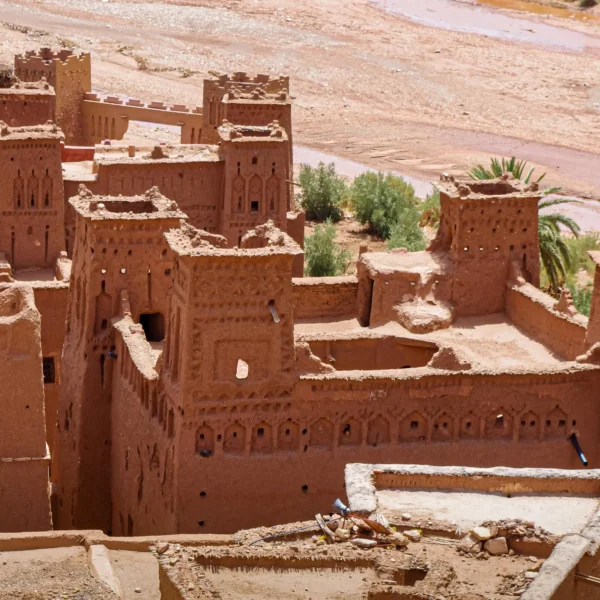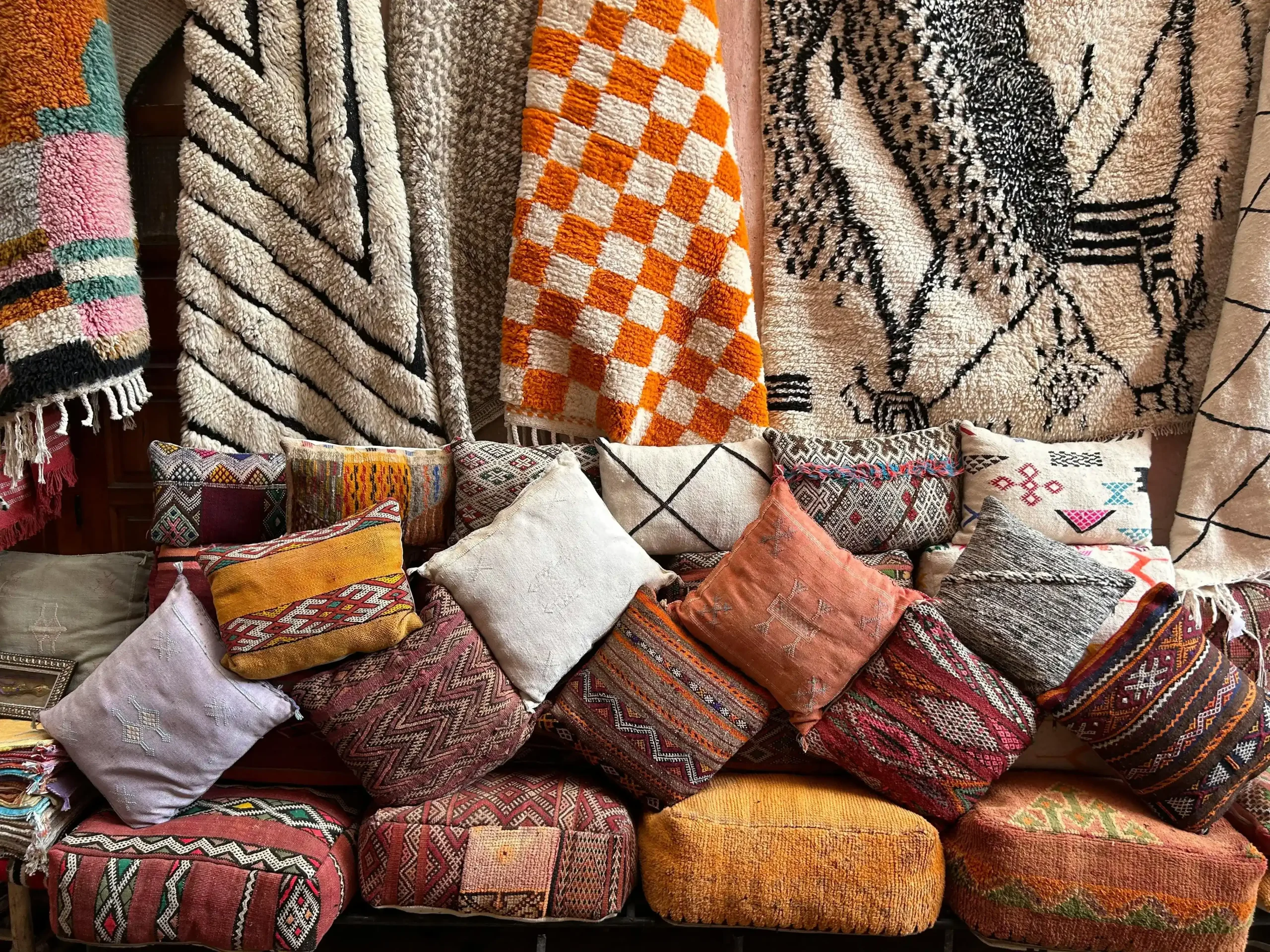
Moroccan Rug Secrets Timeless Beauty for Every Home
Table of Contents
ToggleThe Allure of the Moroccan Rug
Imagine stepping into a room and instantly feeling the warmth and charm exuded by a beautifully crafted Moroccan rug. These pieces aren’t just floor coverings; they’re storytellers, weaving tales of ancient traditions, skilled artisans, and vibrant cultures. Let’s embark on a journey to uncover the magic behind Moroccan rugs and discover how they can transform your living space.
A Brief History of Moroccan Rugs
The Ancient Craftsmanship Behind Moroccan Rugs
Moroccan rugs trace their origins back to the Paleolithic era, with indigenous tribes weaving textiles for practical purposes. Over time, this craft evolved, blending influences from various cultures, yet retaining its unique Berber identity. Each rug is a testament to centuries-old techniques passed down through generations.
Cultural Significance in Berber Traditions
For the Berber people, rug-making is more than a craft; it’s a cultural expression. Patterns and symbols woven into each rug often represent personal stories, tribal history, or protective charms. Owning a Moroccan rug means holding a piece of this rich heritage in your home.
Types of Moroccan Rugs & Their Unique Features
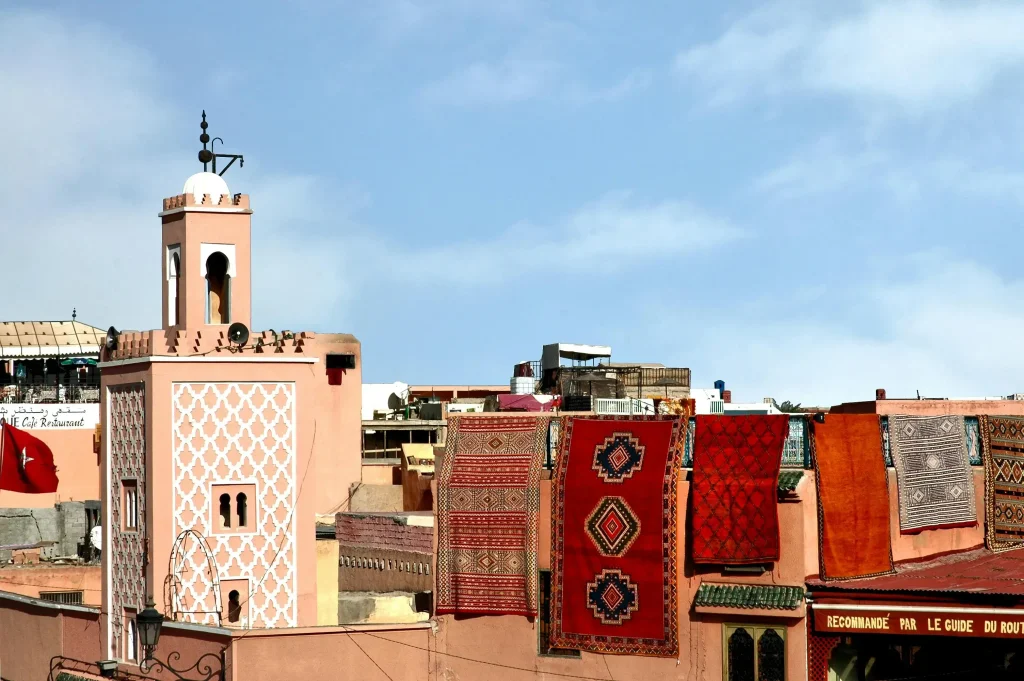
Moroccan rugs come in various styles, each with distinct characteristics. Let’s explore some of the most renowned types:
Beni Ourain: The Iconic White & Black Rugs
Hailing from the Middle Atlas Mountains, Beni Ourain rugs are celebrated for their plush, creamy wool adorned with simple black geometric patterns. Their minimalist design seamlessly fits into both traditional and contemporary interiors.
Azilal: A Burst of Colors & Creativity
Originating from the Azilal province, these rugs are vibrant masterpieces. Crafted using natural wool and dyed with plant-based colors, Azilal rugs showcase bold patterns and a lively palette, making them perfect for adding a splash of color to any room.
Boucherouite: Upcycled Beauty in Moroccan Rugs
In a brilliant display of sustainability, Boucherouite rugs are made from recycled textiles like cotton and synthetic fibers. Each piece is a unique collage of colors and textures, reflecting the resourcefulness and creativity of Moroccan artisans.
Kilim & Zanafi: The Flat-Weave Masterpieces
Kilim rugs are flat-woven textiles known for their durability and intricate patterns. Zanafi rugs, a subset of Kilims from the High Atlas Mountains, feature reversible designs with geometric motifs, making them versatile additions to any decor.
How Moroccan Rugs Are Made: The Weaving Process
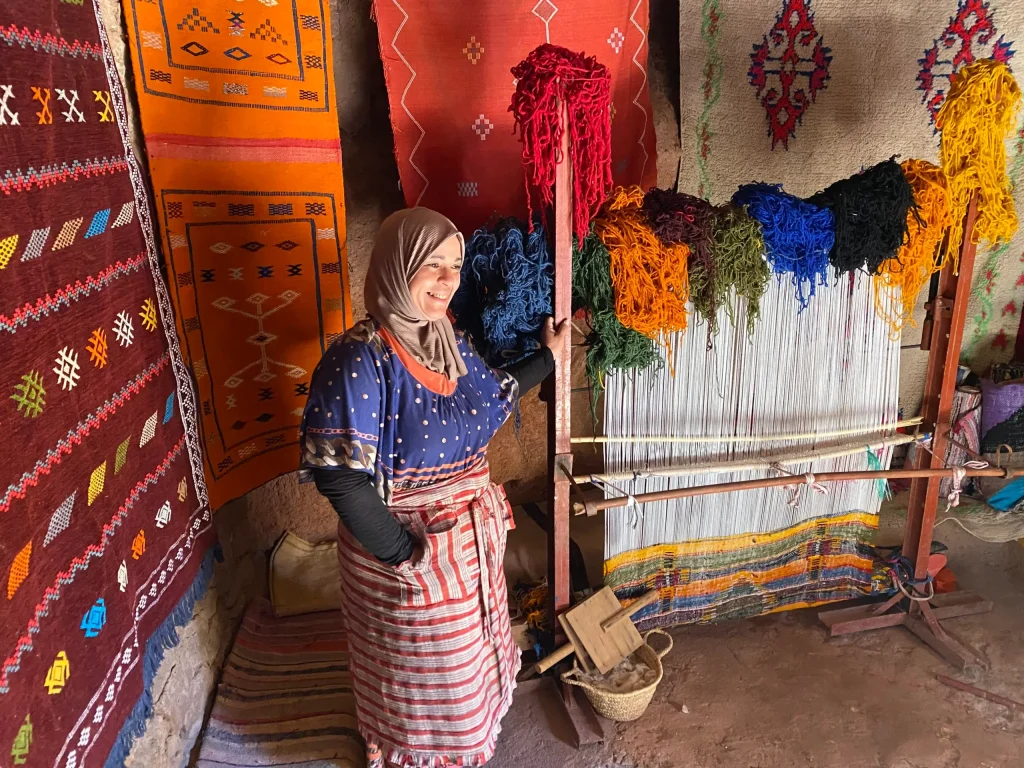
Understanding the meticulous process behind each Moroccan rug enhances its appreciation.
Materials Used: Wool, Cotton, & Natural Dyes
Artisans begin with high-quality wool, often sourced from local sheep. This wool is hand-spun and dyed using natural substances derived from plants, minerals, and even insects, ensuring rich and lasting colors.
Traditional vs. Modern Techniques
While traditional hand-weaving methods remain prevalent, some artisans incorporate modern techniques to meet contemporary demands. However, the essence of the craft—patience, precision, and passion—remains unchanged.
Why Moroccan Rugs Are a Must-Have for Your Home
Incorporating a Moroccan rug into your decor offers numerous benefits beyond aesthetics.
Adds Warmth & Character to Any Space
The rich textures and patterns of Moroccan rugs infuse warmth and personality into any room, creating an inviting atmosphere.
A Perfect Blend of Tradition & Modern Aesthetics
These rugs effortlessly bridge the gap between traditional craftsmanship and modern design, making them versatile pieces that complement various interior styles.
Durability & Sustainability
Crafted from natural materials and time-tested techniques, Moroccan rugs are durable and eco-friendly, ensuring they remain cherished pieces in your home for years to come.
How to Style a Moroccan Rug in Your Home
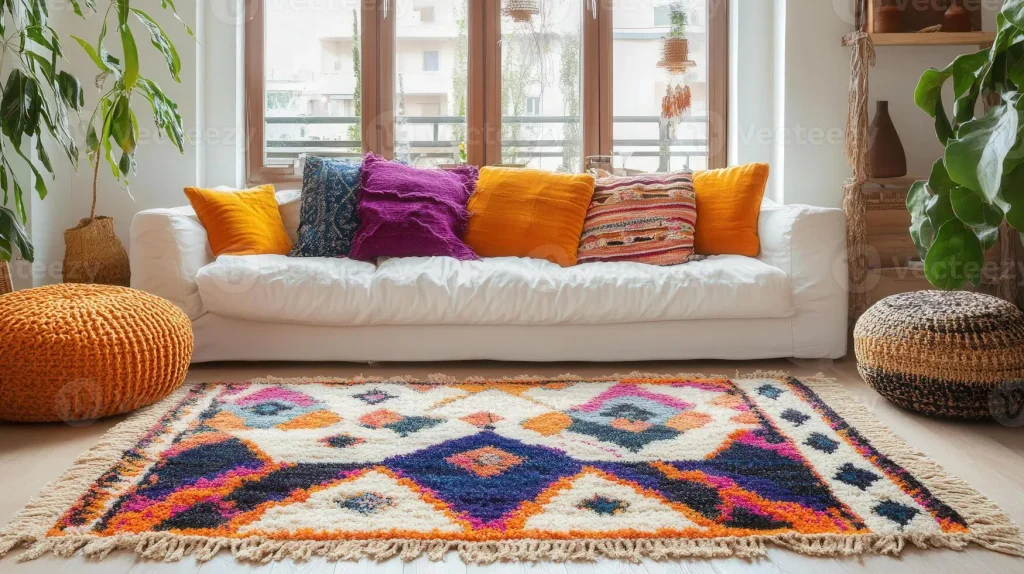
Integrating a Moroccan rug into your decor can be a delightful endeavor.
Best Places to Use Moroccan Rugs
From living rooms to bedrooms, and even kitchens, these rugs add charm and comfort. Their versatility allows them to enhance both high-traffic areas and cozy nooks.
Pairing with Different Interior Styles
Whether your decor is bohemian, minimalist, or eclectic, there’s a Moroccan rug to match. Their diverse designs and colors make them adaptable to various themes.
Layering & Mixing Patterns Like a Pro
Don’t shy away from mixing patterns. Layering a Moroccan rug over a neutral carpet or pairing it with patterned cushions can create a harmonious and stylish look.
Caring for Your Moroccan Rug: Maintenance Tips
Proper care ensures your Moroccan rug remains a centerpiece for years.
Cleaning & Stain Removal Guide
Regular vacuuming keeps the rug free from dust. For stains, gently blot the area with a mixture of mild detergent and water. Avoid harsh chemicals to preserve the natural fibers and dyes.
Proper Storage & Protection
When not in use, roll your rug (never fold it) and store it in a cool, dry place. Using a cotton sheet as a cover can protect it from dust and pests.
Where to Buy Authentic Moroccan Rugs
Acquiring a genuine Moroccan rug requires careful consideration.
Local Moroccan Souks & Artisan Markets
Visiting Morocco offers the advantage of purchasing directly from artisans in markets like those in Marrakech or Fes. This not only ensures authenticity but also supports local communities.
Trusted Online Stores & Dealers
For those unable to travel, reputable online platforms collaborate with Moroccan artisans to offer authentic rugs. Ensure the seller provides detailed information about the rug’s origin and crafting process.
Exploring Morocco for the Best Rug Shopping Experience
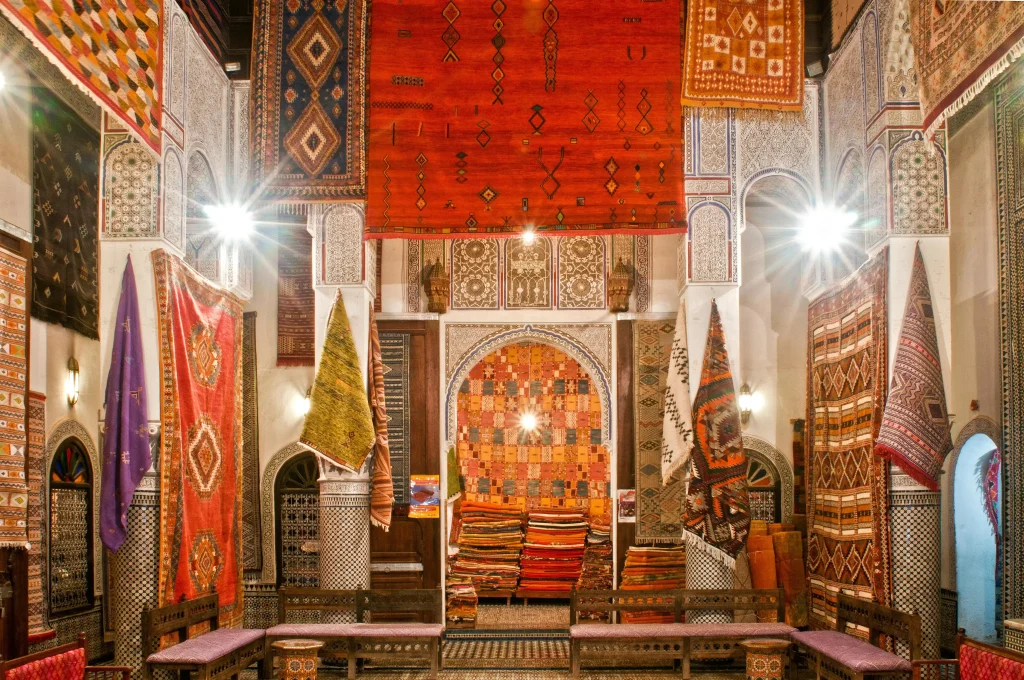
Embarking on a rug-shopping journey in Morocco is an adventure in itself.
Must-Visit Rug Markets in Morocco
The bustling souks of Marrakech, the historic markets of Fes, and the artisan cooperatives in the Atlas Mountains are prime destinations for finding exquisite rugs.
The Moroccan Tours: Your Gateway to a Rug-Hunting Adventure
To fully immerse yourself in the experience, consider booking a trip with The Moroccan Tours. They offer curated tours that guide you through the rich tapestry of Moroccan culture, ensuring you find the perfect rug while exploring the country’s beauty.
A Piece of Morocco in Your Home
Incorporating a Moroccan rug into your home not only elevates your decor but also connects you to centuries of tradition and craftsmanship. From the intricate weavings of the Beni Ourain to the bold, colorful expressions found in Azilal rugs, each piece offers a unique narrative and adds a layer of depth to your living space. These rugs are more than just decorative items; they are tangible reflections of Morocco’s history, culture, and artistry. By welcoming one into your home, you’re not just enhancing your environment, you’re celebrating a timeless legacy that continues to inspire and captivate.
FAQs About Moroccan Rugs
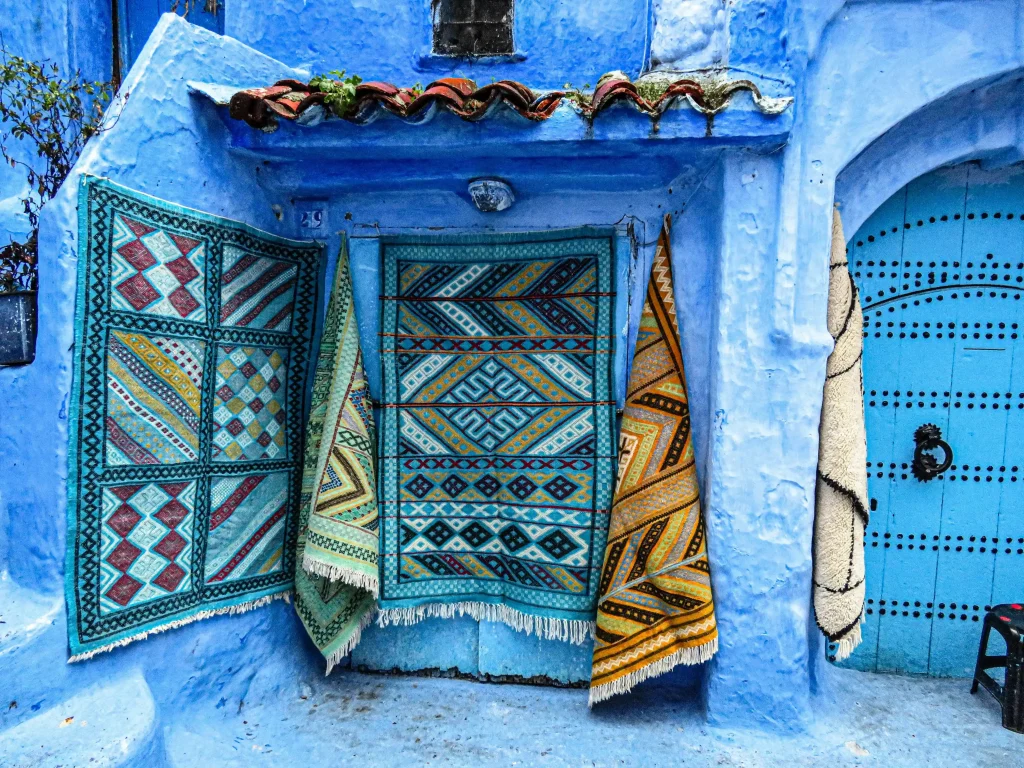
Are Moroccan rugs handmade?
Yes, traditional Moroccan rugs are handcrafted by Berber artisans using age-old techniques, ensuring each piece is unique.
Why are Moroccan rugs so expensive?
The cost reflects the high-quality materials, intricate hand-weaving process, and the time invested—often weeks or months—to create each rug.
Can I wash my Moroccan rug at home?
For small rugs, gentle hand-washing is possible. However, larger rugs are best cleaned professionally to maintain their integrity and beauty.
Where can I experience authentic Moroccan rug shopping?
The best places include Marrakech, Fes, and the Atlas Mountains. For an unforgettable experience, book a trip with The Moroccan Tours!
Embarking on the journey of selecting the perfect Moroccan rug is akin to weaving your own story into your home. Let these timeless treasures bring warmth, culture, and artistry into your life.
